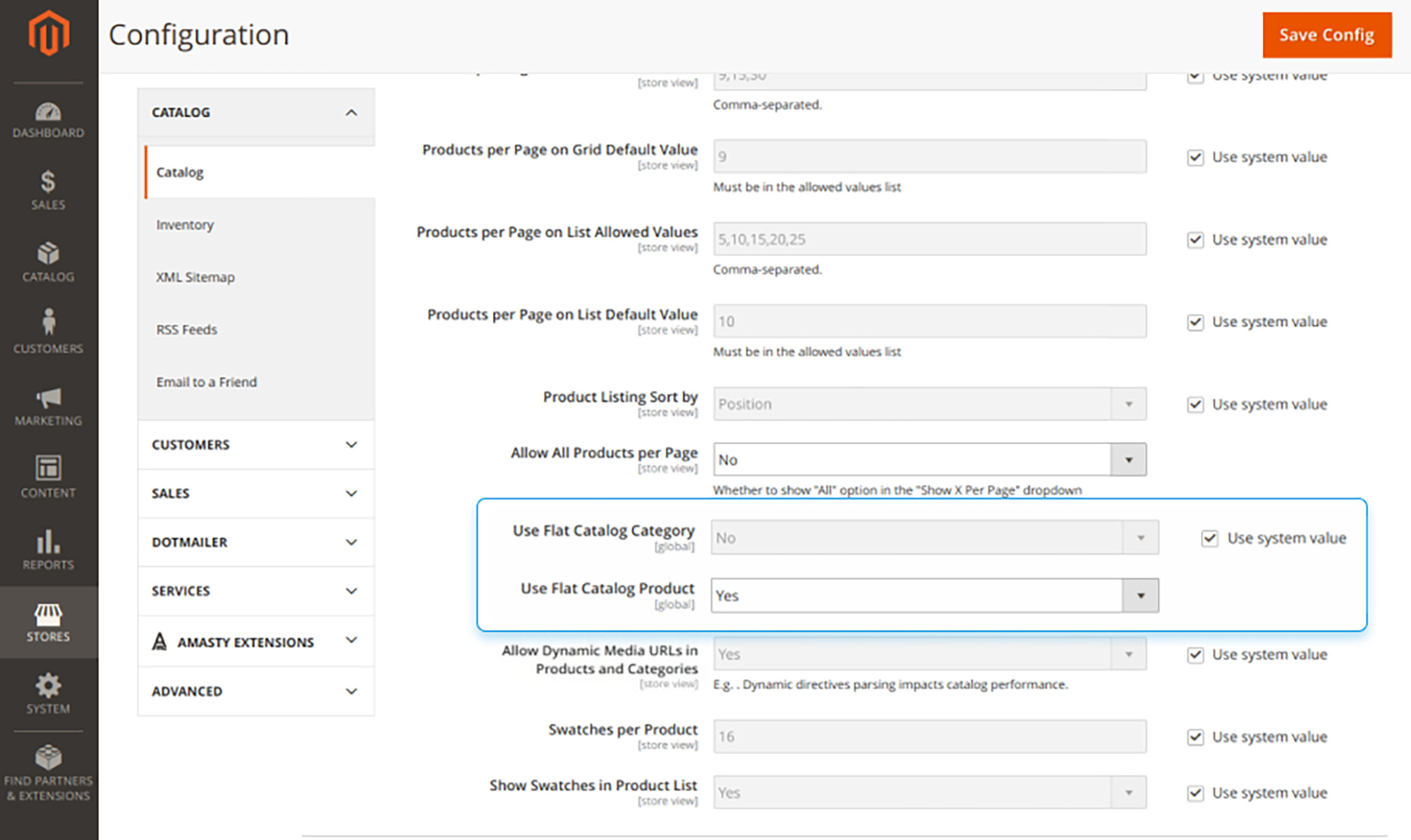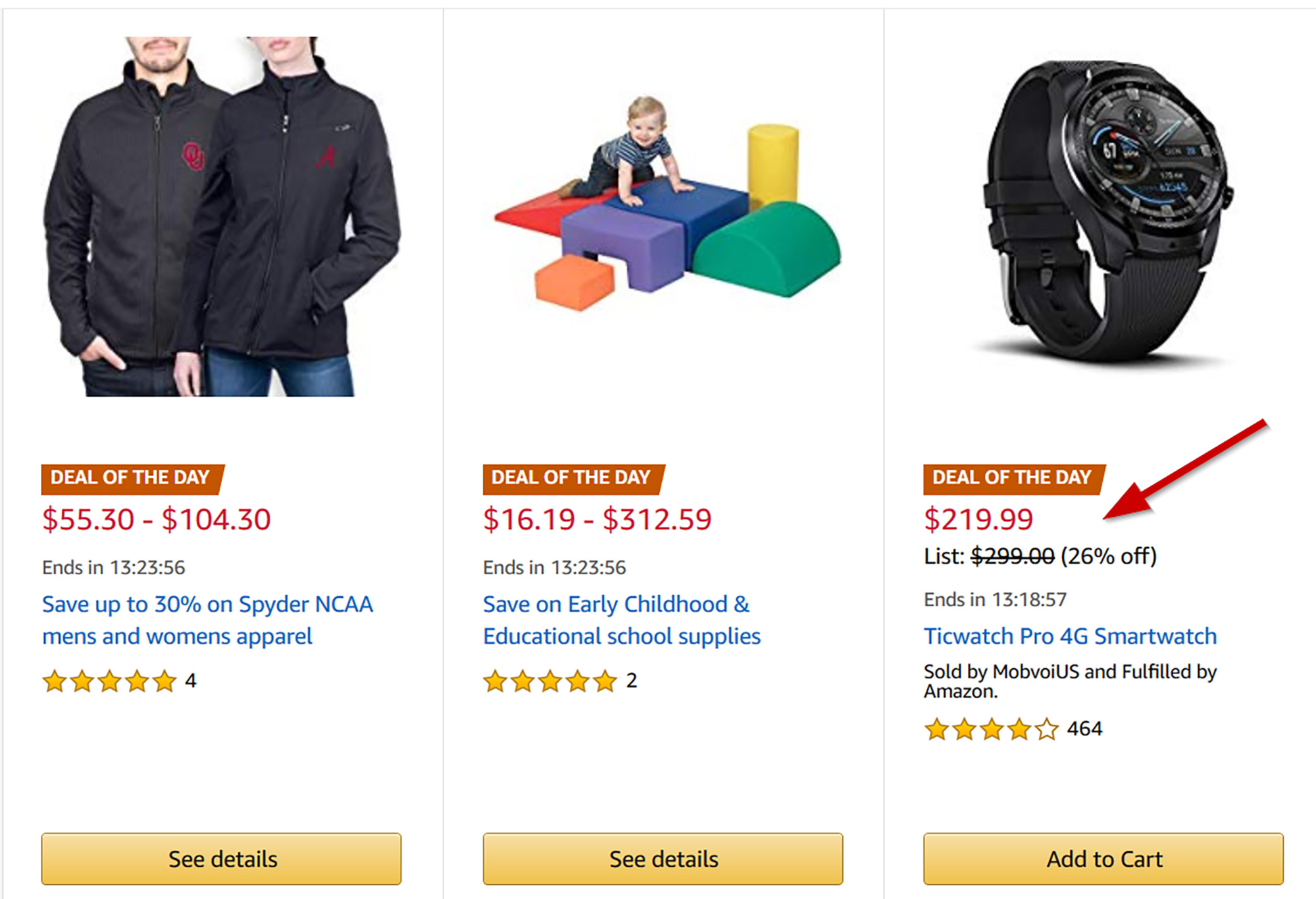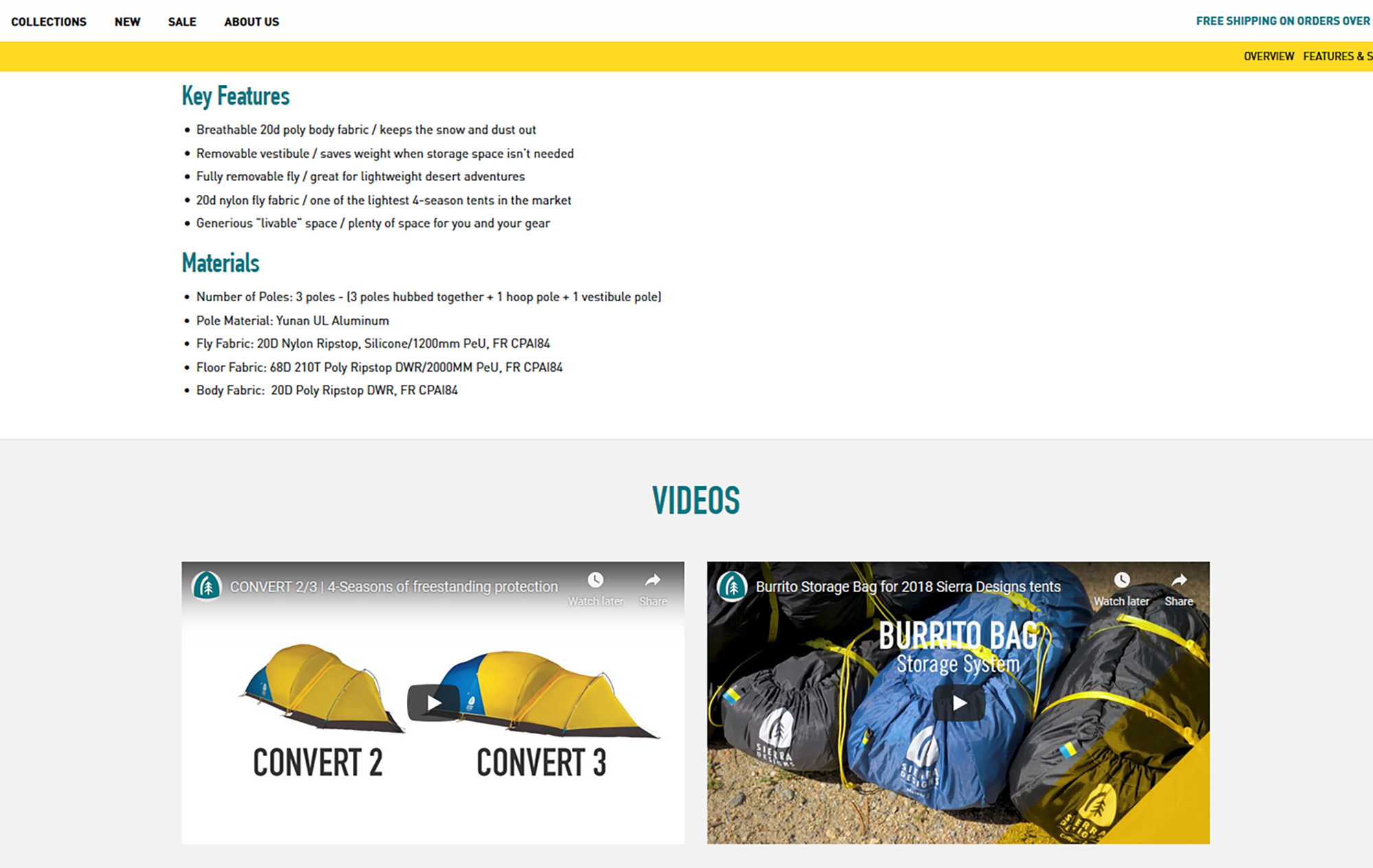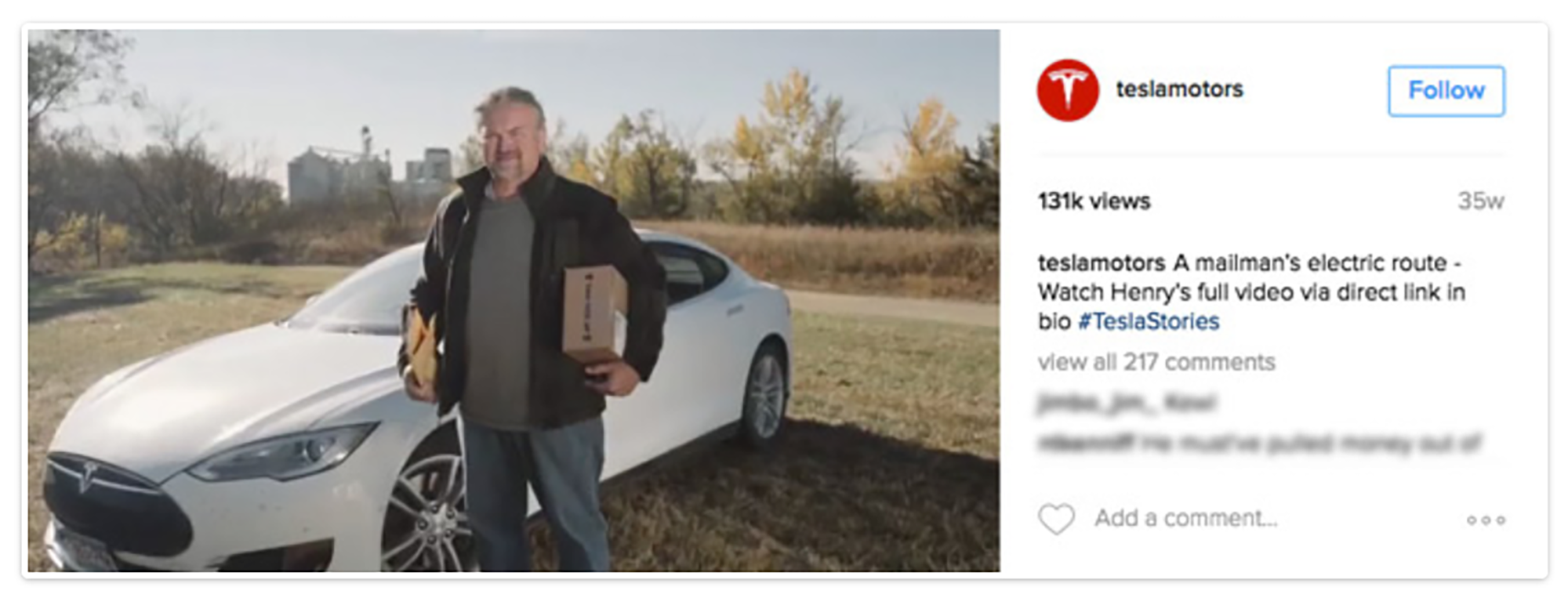eCommerce is booming and the online market place is getting more crowded year by year. Big players like Amazon already dominate the search engines for many product terms. Even Facebook and Instagram are jumping into the eCommerce space, so it’s only going to get harder to make sure your eCommerce website attracts its fair share of users who are looking to make a purchase online. We have some inbound marketing tips for eCommerce.
Recent studies show that by the year 2023 the online eCommerce space will be worth in excess of $7 trillion.
So how does your online brand compete with such big players and generate traffic to attract those searchers looking to make a purchase today?
Firstly, you need to understand the difference between traditional outbound marketing vs inbound marketing.

Traditional outbound marketing is where you may send out emails, advertise in your local/national newspaper or even on TV. Inbound marketing is different.
Inbound marketing focuses on providing value-based content via channels that are actively being used by your potential customers. Think Google, Facebook, social media and other related websites (i.e. blogs).
Our 4 inbound marketing tips will help you to generate relevant traffic from search engines and send users who are actively looking to buy a product directly to your site using inbound techniques.
1. Ecommerce SEO
There are many platforms that you can launch your online store with. Your options are to use either a downloadable platform like Magento, PrestaShop, WordPress (using Woocommerce) or to use an online eCommerce provider like Shopify.
The problem is, just installing or deploying any one of these solutions with their default settings is not going to help you at all. Regardless of how easy it may be.
They are not optimized to ensure your website gains as much visibility as possible from all the different traffic sources available.
Optimizing your eCommerce shop
First things first tackle the URL structure of your eCommerce shop. The default setting of any platform creates multiple URLs for the same product. That’s going to hurt your visibility in the search engines. You need 1 master URL for all your products, categories and landing pages.
So, for example, in Magento, you can simply set flat product and category URLs from the admin settings screen. Other platforms have a similar setting which you should enable. If your store is already live then you will also need to implement redirects or specify canonical URLs for each of those pages.

Having a flat product store will tell the search engines which URL is the master and to disregard all others when determining where your site should sit in search results!
Secondly, unlike humans who can read the text and understand its relevance. The search engines are not quite there yet. AI has improved considerably but it still has a long way to go. So how do you ensure the search engine bots can read and understand what your eCommerce site is about?
You implement structured data. This is JavaScript in JSON-LD format which search bots can read and understand. For an eCommerce store, some of the most important parts of your site and product pages are the titles, prices, availability, user reviews, and other product specifics.
That information can be pulled into JSON-LD JavaScript automatically and inserted into your site’s code. This type of functionality is not standard behavior on many of the platforms so you may need a third-party extension.
Ecommerce stores using WordPress and the Woocommerce integration benefit from having this as standard but the implemented code can sometimes become outdated and buggy due to the constant changes that Google makes. This handy guide will allow you to stay on top of those constant changes.
2. Scarcity Tactics
As humans, we are emotional beings. Our emotions and senses are like receptors. Appealing too and invoking a sense of urgency about your product can lead to a purchase being made there and then rather than shop abandonment.
Think of it like this. When you visit your local supermarket what’s the first thing you see and smell? It’s usually the flowers by the doors! Or walking around you may smell freshly baked bread. Does that not prompt you to want to buy flowers or take a bite out of that loaf of bread?
Online scarcity works in much the same way. Only this time your website is using visual elements to prompt an action.
It’s a very popular and upcoming tactic that big eCommerce stores use. They have prompts that a product was viewed by X amount of people in Y hours or even an X amount of purchases were made in X days.

Similar to that adding scarcity to your product pricing can have a very positive effect. Say you have a product with a normal price of $100. For the browsing visitor, a message can be displayed in the form of a banner ad, notification or placing attention-grabbing keywords that are displayed showing that the price has been reduced to $75 for X amount of time.
This subtle prompt will induce a fear of missing out among users and intrigue them to seize the opportunity before it’s gone. This results in an increase in sales and reduces shopping cart abandonment.
The added benefit is that any scarcity tactics you use will be incorporated into the structured data JavaScript code automatically. That code is read and picked up by the search engine bots. This results in a short-term increase in organic search visibility of your eCommerce website.
In turn, you get more traffic and more conversions. This never-ending circle shows the search engines that your business has good product offers which they will acknowledge by sending you even more organic traffic!
3. Produce Value-Based Content
You have probably heard it over and over again, content is king. However, ask yourself this, how many times have you heard that and thought it doesn’t apply to an online store? Well, you couldn’t be more wrong.
One thing that every eCommerce website lacks is in-depth content. Often online stores have very limited information about their product. Usually, it’s only a few descriptive lines about the product accompanied by technical specs.
This limited amount of information not only puts off potential buyers but also doesn’t provide any value to the search engines.
As a result, your store’s conversion rate will be poor but more importantly, you will not acquire as much organic traffic as you otherwise would.
You can fix this pretty easily. Simply add in descriptive, informative and value-based content to each and every one of your products.
Unlike a normal shop where a customer can walk in and touch and feel a shaggy rug product they are potentially going to buy, you cannot do this with an online store. A great effective way to duplicate this is to have in-depth videos that showcase your products in detail.
Demonstration videos showing the different aspects of a product can not only instill confidence in a visitor to buy a product but will also potentially answer any pre-sales questions they may have had!

Yet again adding in more content to your product pages will improve the chances that your website’s organic visibility will increase.
Most if not all of the eCommerce stores online lack this basic eCommerce content implementation. Doing this for products on your store will keep you ahead of your competitors and you will definitely stand out from the crowd.
4. Integrate Social Media
Make social media work for you. Specifically, utilizing Instagram to showcase your brand can be a very effective way to increase not only the visibility of your brand but also individual products.
Instagram has over 500 million daily users making it one of the fastest-growing social media platforms around.
With the content upgrades, you have done for your eCommerce site connecting to audiences and influencers via Instagram will now work like a charm.
How do you go about attracting that audience? Well if you have upgraded your product content you can use the visual elements to create new compelling photos and strategically use #hashtags to tag your posts and content. That will help it get seen in Instagram’s organic results (yup Instagram also has an internal search engine!). In turn, it will help to attract new followers and also increase your engagement with existing users.
Showcasing your product videos to existing and new followers. They, in turn, will share that content with their own followers. This can create a viral effect that some influencers can pick up upon.

It only takes a few influencers to pick up on your brand or product and this can, in turn, create an influx of visitors keen on making a purchase from your site.
If you are struggling to get followers or entice influencers to your brand then running contests can help. Running a simple contest with the prize being one of your products will help you to engage with your existing audience whilst at the same time attracting new followers from social media.
Wrapping up…
There you have it. Our top 4 inbound marketing tips. Although each one on its own will not make a huge impact, implementing all 4 tips together will allow your website to grow organically.
You won’t have to spend money on any advertising as the steps you take above will not only attract organic visitors but get your audience to shout out loud about your brand and products for you.
Sure, it requires an effort on your part but for the long-term sustainable results, your eCommerce store needs it’s well worth the effort.
Now it’s your turn. Do you have inbound marketing tips for eCommerce that have worked well for your store? If so let us know on social media!
Contact Matchbox Design Group Today!
If your website could use a refresh, if you’re looking to drive more traffic to your site, or you would like to submit a guest post, fill out the form below and we’ll contact you to learn more about your digital needs.



